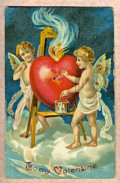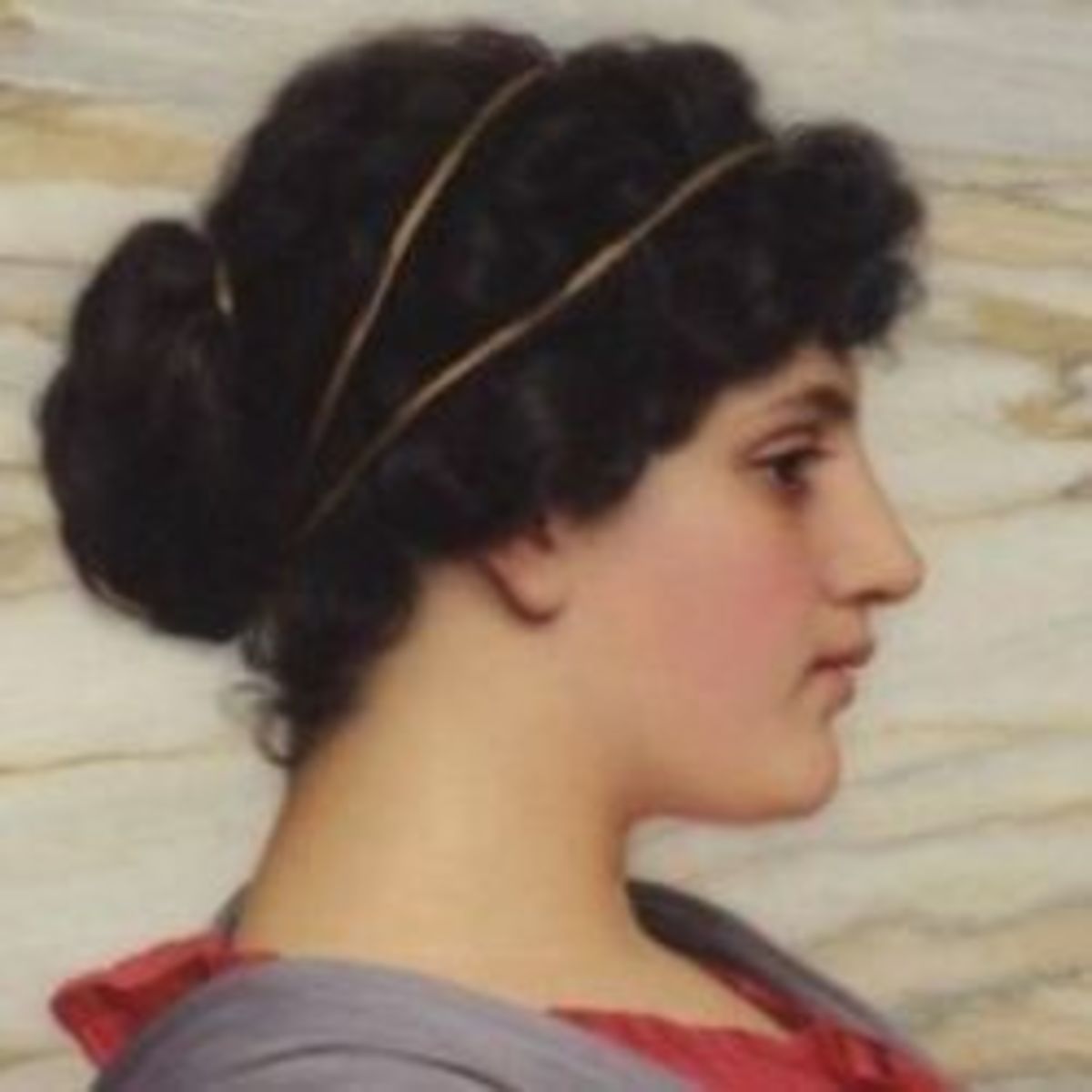Valentine's Day ~ What are the origins of Valentine's Day ~ Valentines Day myths

What are the origins of Valentine’s Day?
2000 BC. In ancient Rome the spring festival of spring Lupercalia was celebrated on February 15th. This celebration which was a festival of purification and fertility was in fact around back before Rome came to be when the area was called Palantine and was full or shepherds. Lupercus was the god who protected flocks against wolves. (Lupus is the Latin word for wolf).
Records from the time of Rome state that Mark Antony was in fact a master of the Luperci College of Priests. He also chose this festival to offer the crown to Julius Caesar in 44 BC. This practice was also widespread throughout the world including the areas that became France and the U.K.
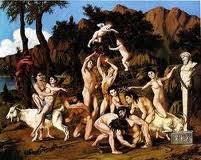

How did the ancient people celebrate this day?
The Luperci Priests and Priestess’s would gather upon Palantine hill. Some say in and some say near the cave of Lupercal which had fig trees growing at its entrance way. Two virgin young men would help the priests to sacrifice a dog and a goat on the altar (the dog represented the wolves and the goat the herds the people wished to have protected from the wolves).
The young virgin women of the area would bring sacred cakes which had been hand made by them from the first ears of last year’s grain harvest to the wise ones. They also left their mark or name with the wise ones. (The cakes were gifted to show the Gods and Goddesses they weren’t forgotten and if the Gods/Goddesses liked the gifts this year’s harvests would be prolific).
The two virgin Men would then be smeared with blood one from the dog and the other from the goat then they would each put on a loincloths that had been created from past hides of either goat or dog. They were given strips of hide cut from the sacrificed animals and would run around the area hitting any maidens they came across on their way. This would purify the maidens from curses or bad luck and also help to make them fertile and attractive to unmarried males in the area.
The unattached males of the area would gather and reach into an urn removing a mark or later name. This would become their mate till the end of the celebration or in some cases for the next year. This was an acceptable way to pair up unmarried couples in hopes of a marriage.
Interestingly the goatskin strips of hide were known as the februa and the lashing of the maidens was called februatio, both of these words come from a Latin word meaning to purify. Due to this being the time of the year for februa this is how the month February came to be named.
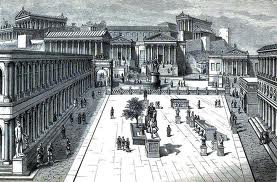

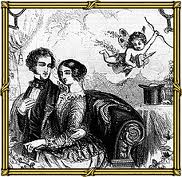
How did the celebration Lupercal change to Valentine’s Day?
In 496 AD Pope Gelasius stated that the festival of Lupercal was Pagan and immoral.
He chose Valentine to become the patron Saint of lovers. Valentine would be honoured on the 14th of February every year.
He also created a new lottery in which a Saints name would be pulled from a box. Whatever Saint one got would then be studied and emulated for the year.
Valentine’s Day celebrations were celebrated in this way for 2 hundred years. The church had not been able to remove the people’s memory or use of Lupercalia or its celebrations. At this time the church dropped the Saint lottery and celebrated Saint Valentine on the closest Sunday to the 14th.
15th Century – The lottery for pairing eligible single men and women returned full force. Maidens and bachelors names were drawn, the couple would exchange gifts and the man was bound by duty to protect and attend to his Valentine for the year. Often the maidens name was sewn upon the males sleeve as well. This drawing of names was still considered a good omen for love to grow between the paired couple.
It appears that this may have been when people started to think of the Lupercal festival as the Valentine’s festival.


16th Century – The church tried to reinstate the Saint lottery to no avail.
- Later in the 16th Century handmade cards became elaborate. These were hand delivered from Bo (young male in love) to his intended Valentine.
17th Century – Postal rates were reduced and Valentine’s Day cards flooded the service. Since this was the first time Valentines could remain anonymous the cards became rather raunchy (for the times upsetting many Victorian morals. Several countries banned the practice of exchanging cards for a time).
1847 – Fry and Sons discovered how to create edible chocolate.
1868 – The Cadbury Brothers were selling the first boxed chocolates after making the chocolate smoother than Fry and Sons had.
1870 – Richard Cadbury created the first heart shaped Valentine’s Day box of chocolates.
18th Century – Chicago post office rejected twenty-five thousand cards stating they were not fit to be carried through the U.S. mail.
– In the late 1970’s – early 1980’s the diamond industry got into promoting jewellery as a Valentine’s Day gift idea.
19th Century – Internet Valentines E-cards have become extremely popular.
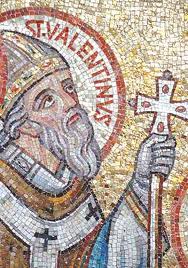
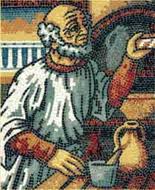
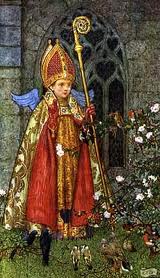
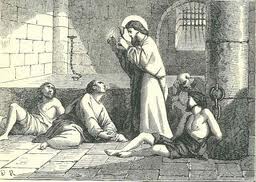
Who was Saint Valentine?
It appears that even the Catholic Church is unsure exactly whom Pope Gelasius gave the sainthood to in 496 AD. Three different people named Valentine are mentioned in ancient history and are all mentioned in the martyrdoms under the date of 14th February according to the Catholic encyclopaedia. All three of these Valentines were given Sainthoods.
Perhaps this is why in 1972 the feast day of Saint Valentine on 14th February was removed from the revised edition of the Roman Catholic calendar of Saints. The reason for this is stated that: "Though the memorial of Saint Valentine is ancient, it is left to particular calendars, since, apart from his name, nothing is known of Saint Valentine”.
Interestingly all three of these Valentines are reported to have either died on the 14th February or been buried on the 14th February. I’m assuming that the name Valentine must have been a rather popular name throughout ancient history for three different Valentines to be sainted.
Who were the three Valentine’s?
197 AD – Valentine of Terni – This Valentine was a bishop and was martyred during the persecution under Emperor Aurelian.
Valentine of Terni is reputed to have been persecuted due to his Christian beliefs. It is said that he helped the Emperors daughter in some way. (I’m unsure if this occurred as I have found no evidence of it anywhere.)
It is reported that he was beaten to death by clubs and then beheaded.
269 AD – Valentine of Rome – This Valentine was a priest at the time he was martyred under Emperor Claudius II.
Valentine of Rome is reported to have gone against his Emperors order that no soldiers were to be married. The Emperor believed that soldiers who had wives and or children did not make great soldiers as they would give themselves up so they would survive to be able to return to their families.
Valentine married the Emperors soldiers in secret. When the Emperor found out he arrested Valentine and put him into the dungeon where it is reported he remained until he died.
There is a third – Valentine of Greece – who was martyred in France however not much including the date of his martyrdom is known about him.
There are reports of a Valentine being burned alive at the stake. I can only assume that this would have been the way this particular Valentine was martyred. (Some people when being burned at the stake would be strangled or stabbed so they died before the flames truly got hold of them. Being burned alive was not very common).
The only thing that I have found is that this Valentine is mentioned as one of the Saint Valentines who have been placed under the date 14th February in the Catholic encyclopaedia.
Myth busting ~ Misconceptions about the Valentine’s Saints
197 AD – Valentine of Terni – It has been reported that the evening before his death Valentine wrote a note to the Emperors daughter, the jailers daughter, to his wife or to some other woman and signed it ~ from your Valentine.
Some recent texts also state he healed the Emperors daughters’ blindness. Others state it was the jailer’s daughter’s blindness and others say he helped one or other of these women somehow.
Neither of these two misconceptions have any historical basis to them nor is there any evidence or mention of this happening in ancient antiquity. Personally I would have loved for the letter to have occurred as it sounds rather romantic.

Interestingly ~
Many Christian churches, have finally admitted that Valentine's Day has nothing to do with any Saint, and have stated that it does in fact connect us to our Pagan heritage.
Every year billions of people from all over the world engaging in this millennia old Pagan celebration.
The very first Valentine could in fact be traced back to 2000 BC. When unmarried women would place there marks (or name) into a container and an unmarried male would pull a random mark out of the container. The person the male chose would be partnered with him for either the length of the celebration or a year (depending on the area) in hopes a love connection would occur between the two parties and a marriage would happen before the next year’s celebration.




